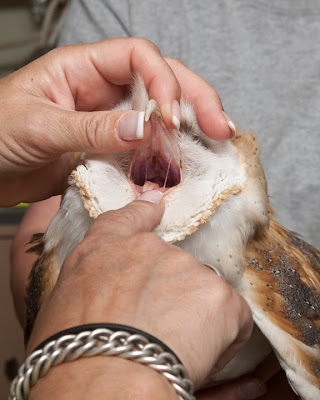The energy is palpable…for all creatures concerned. Maybe it is a brightly lit morning. It could be the blessed setting of the brutal late afternoon sun. Perhaps it is the dark-time sliver of a new moon…whichever it is the electrified air supports the return of a wild one to the wilds.
At this time at Liberty Wildlife we are all about releases. This past few days (and for weeks to come), the successful culmination of the rehabilitation process has reached its zenith. Most of the animals currently being released are this year’s orphans. These birds came in as eggs, downies, fledglings, with broken bodies, early scrapes with fungus or protozoa, or just overly enthusiastic falls from the nest. They accomplished successfully all of the milestones. They have done all of the things they needed to do to earn their wings and head out to fulfill their promise.
It brings me such pleasure to see the volunteers grab the bird filled carriers as they leave. These are the volunteers who have spent days and evenings cutting up mice, cleaning cages, changing bandages, giving injections, and moving babes from cage to cage (in the blazing heat) to satisfy each stage of growth and development. And, along with these unsuspecting boxed up wild things, they head out the door together for the last time.
Volunteer and animal, each of them, are making tracks for a most memorable experience. They are going to be connected for a last time in an energetic tandem experience…..the releaser and the releasee. The air is eager to receive its missing part; the volunteer is eager to experience the burst of energy; the bird is eager to sense the freedom in its wings.
One, two, three….a wish for its well being….the swoosh, the soar, the song! Hooooray….live long and prosper!
A reminder/request to all of you photographers: We are currently accepting photographs of wildlife to adorn our centerfold for this year’s WingBeats. We are looking for beautiful, whimsical, or just downright interesting photos that you have taken in the wild or have taken at Liberty Wildlife. It needs to be dense enough or large enough for print. We look forward to your many entries! Lesley Guenther and Anne Peyton will be coordinating this section of WingBeats. The deadline is September 1st.













































